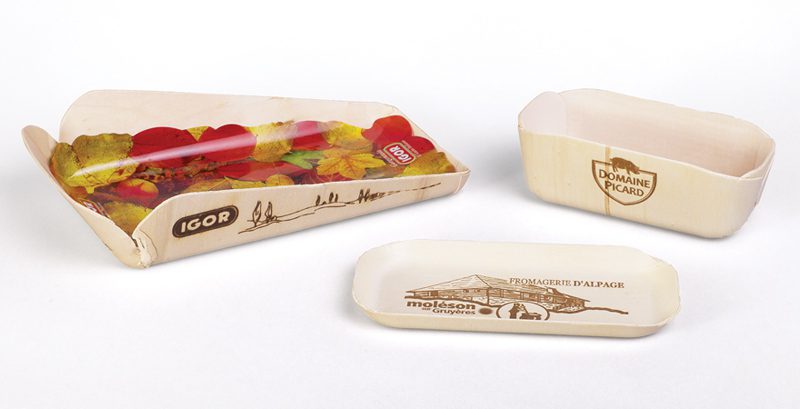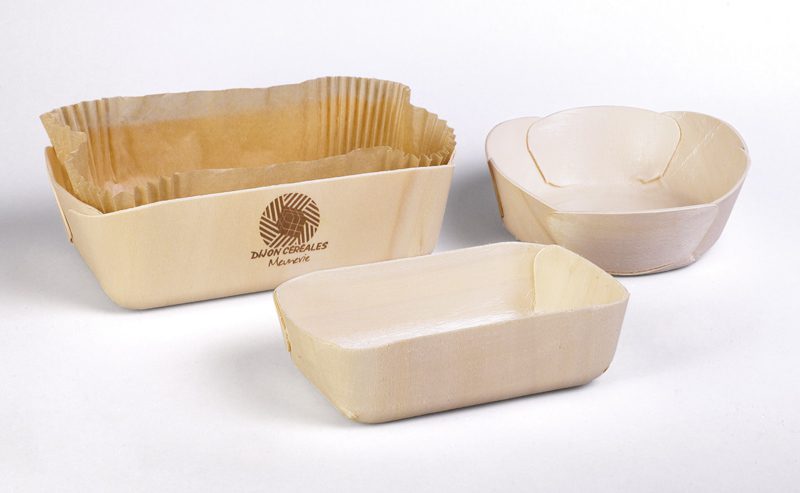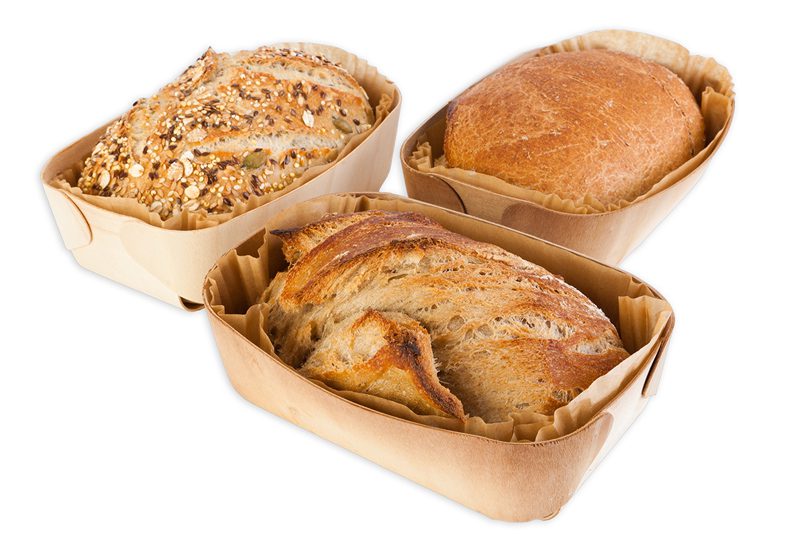As the world becomes more environmentally conscious, businesses are looking for ways to reduce their carbon footprint and make sustainable choices. One area that has come under scrutiny is food packaging. One alternative to the more prevalent plastic food packaging is food packaging made with wood. In this post, we’ll discuss the benefits of using food packaging made with wood.
Renewable and Sustainable
Wood is a renewable resource that can be harvested and replanted, making it a sustainable material. Unlike plastic, which takes hundreds of years to decompose, wood is biodegradable and will break down naturally in the environment. Additionally, the process of creating wood-based packaging requires less energy than producing plastic packaging, which further reduces its carbon footprint.
Safe for Food Contact
Wood-based packaging is a safe material for food contact. Unlike plastic, which can leach harmful chemicals into food, wood is non-toxic and does not contain any harmful additives. Wood-based packaging also has a natural antimicrobial property, which can help keep food fresh and prevent the growth of bacteria.
Versatile
Wood-based packaging is versatile and can be used for a variety of food products, including fresh produce, meat, poultry, and baked goods. It can be molded into different shapes and sizes, making it suitable for a wide range of food items. Additionally, wood-based packaging can be customized with branding and logos, making it an excellent marketing tool for businesses.
Aesthetic Appeal
Wood-based packaging has a natural, rustic look that can enhance the presentation of food products. It has a warm and inviting feel that can appeal to customers and create a positive impression of the product. This is particularly important for businesses that specialize in artisanal or specialty food products, where packaging can play a significant role in the product’s branding.
Cost-Effective
Wood-based packaging is cost-effective compared to other eco-friendly packaging options. While it may be slightly more expensive than plastic packaging, it is less expensive than other alternatives, such as glass or metal. Additionally, wood-based packaging can be manufactured in large quantities, which can reduce production costs for businesses.
In conclusion, food packaging made with wood offers numerous benefits. It is a renewable and sustainable material that is safe for food contact, versatile, aesthetically appealing, and cost-effective. As more businesses adopt sustainable practices, wood-based packaging is becoming an increasingly popular choice for food packaging.
Comments are closed.



